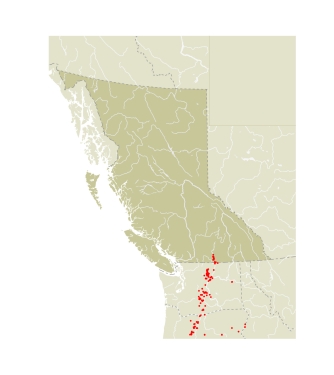The name Satyrium is from the Latin saturos (Satyr), a goatlike woodland deity associated with Bacchus. The Satyrs were voluptuous dancers and this generic name draws attention to the sprightly flight of these hairstreaks (Emmet 1991). The common name is derived from the characteristic white "hairline" across the ventral hindwing.
There are usually tails on the hindwings of species in this genus of hairstreaks. The aedeagus of the male is flared at the tip, with a serrated keel. The aedeagus has one or two cornuti, one of which is toothed. The pair of valves are close together at the base but very divergent at the ends. Clench (1961) provided the modern definition of the genus. He did not include in the genus the species S. titus, which has only one cornutus but is otherwise identical to the other species in the genus. Clench indicated that the genus was Holarctic, but authorities in the Palearctic recognize other genera for their fauna, such as Strymonidia, Nordmannia, etc. There are 15 species in this Nearctic genus, seven occuring in BC. The larvae feed on a wide variety of shrubs and perennials, including oaks (Quercus), willow (Salix), buckbrush (Ceanothus), chokecherry (Prunus), saskatoon (Amelanchier alnifolia), and, in one case, legumes.
|
|

